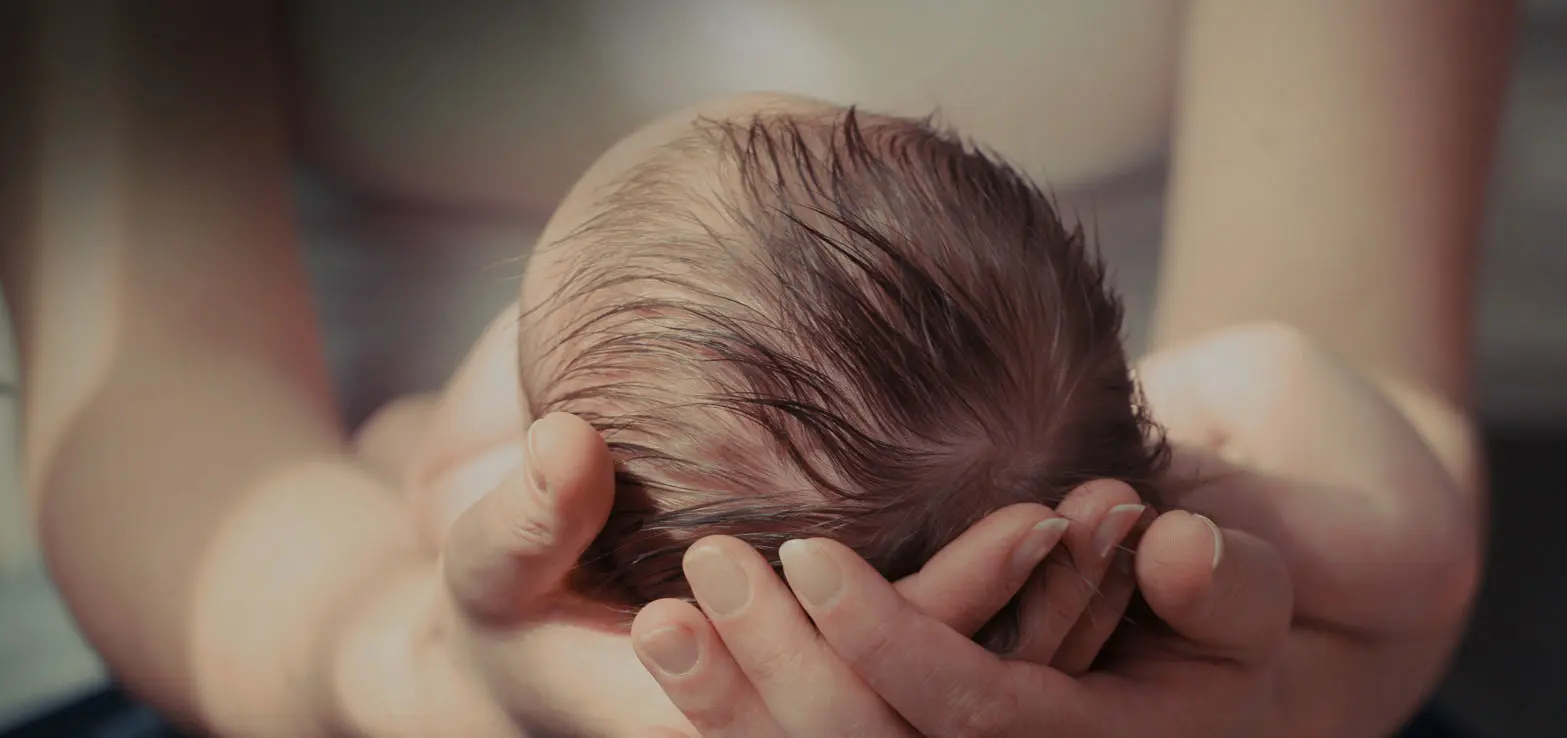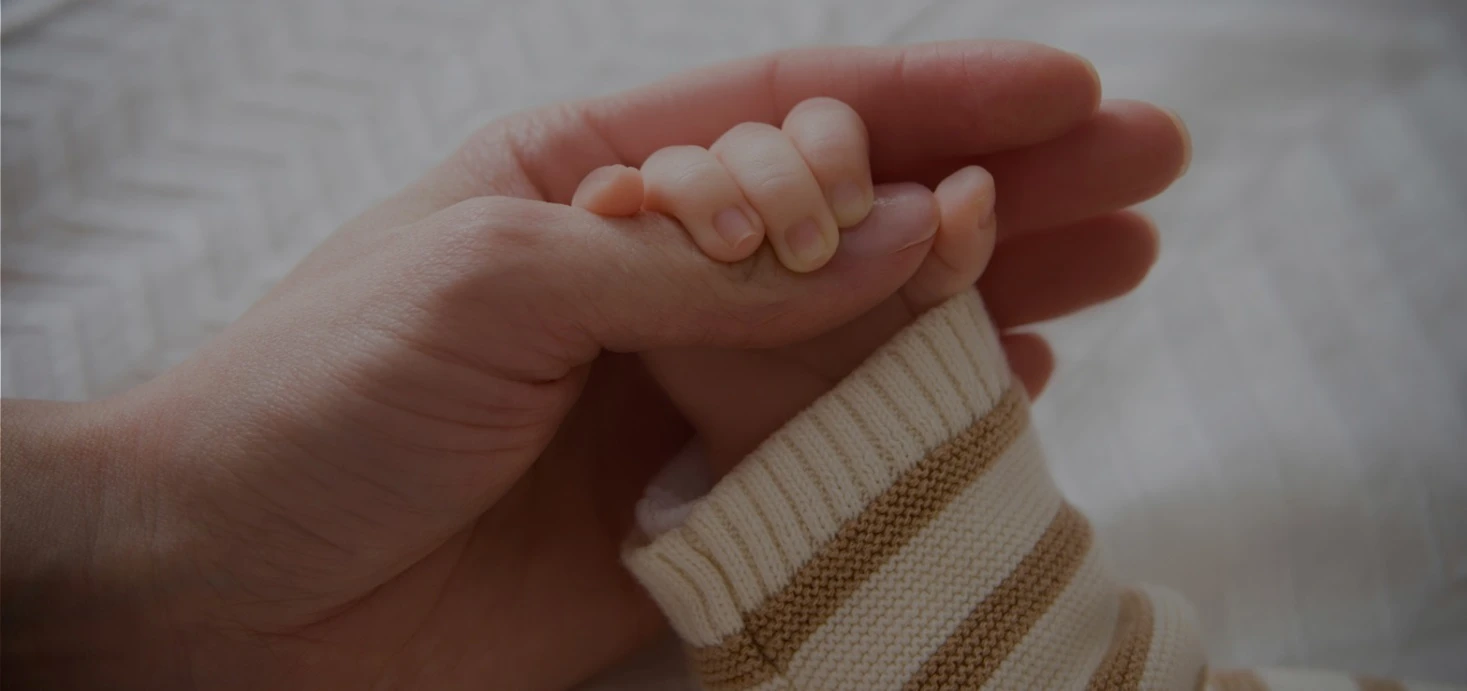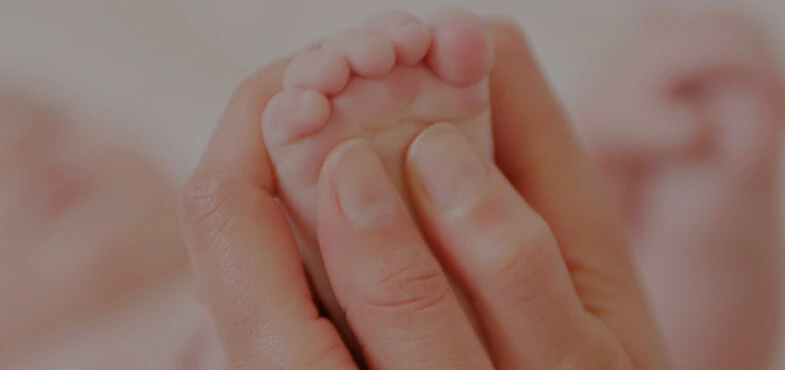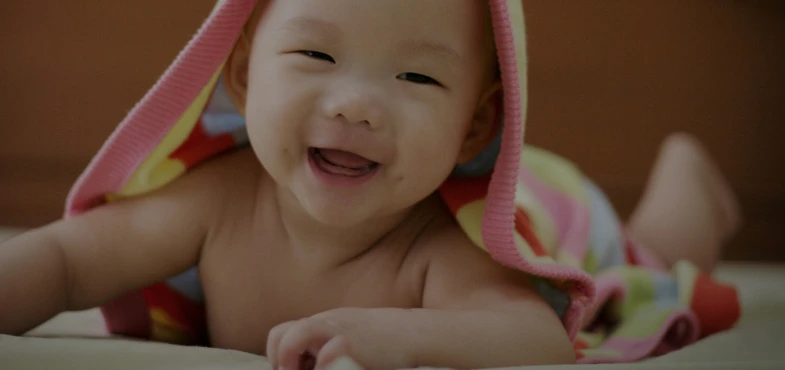1) Eliot L. What’s Going On in There? How the Brain and Mind Develop in the First Five Years of Life. New York, NY: Bantam Books; 1999.
2) UNICEF/World Health Organization. Integrating Early Childhood Development (ECD) Activities Into Nutrition Programmes in Emergencies. Why, What and How. 2014; 1-16.
3) Bruner C, et al. Early Learning Left Out: An Examination of Public Investments in Education and Development by Child Age. Voices for America's Children. 2004
4) Hernandez-Reif M, Diego M, Field T. Preterm infants show reduced stress behaviors and activity after 5 days of massage therapy. Infant Behav Dev 2007;30(4):557–561.
5) Field T, Field T, Cullen C, et al. Lavender bath oil reduces stress and crying and enhances sleep in very young infants. Early Hum Dev 2008;84:399-401.
6) Diego MA, Field T, Hernandez-Reif M, Deeds O, Ascencio A, Begert G. Preterm infant massage elicits consistent increases in vagal activity and gastric motility that are associated with greater weight gain. Acta Paediatr 2007;96:1588–1591.
7) Fejio L, Hernandez-Reif M, Field T et al. Mothers’ depressed mood and anxiety levels are reduced after messaging their preterm infants. Inf Behav Dev 2006; 29:476-480
8) Farroni T, Csibra G, Simion F, Johnson MH. Eye contact detection in humans from birth. Proc Natl Acad Sci 2002;99(14):9602–5.
9) Graven SN, Browne JV. Auditory development in the fetus and infant. Newborn Infant Nurs Rev 2008;8:187–193.
10) Loewy J, Stewart K, Dassler A, et al. The effects of music therapy on vital signs, feeding, and sleep in premature infants. Pediatrics 2013;131:902–918.
11) Sullivan RM, Taborsky-Barba S, Mendoza R, et al. Olfactory classical conditioning in neonates. Pediatrics 1991;87(4):511–518.
12) Herz RS. A naturalistic analysis of autobiographical memories triggered by olfactory, visual and auditory stimuli. Chem Senses 2004;29:217–224.
13) Mindell J, Telofski, L, Wiegand B, Kurtz E. A nightly bedtime routine: Impact on sleep in young children and maternal mood. Sleep 2009;32(5):599–606.
14) Field T. Touch and Massage in Early Child Development. Johnson & Johnson Pediatric Institute LLC; 2004.
15) Peláez-Nogueras M, et al. Infants' preference for touch stimulation in face-to-face interactions. J Appl Dev Psychol 1996;17(2):199–213.
16) Hart S, et al. Preschoolers' cognitive performance improves following massage. Early Child Dev Care 1998;143(1):59–64.
17) Goleman D. The Experience of Touch: Research Points to a Critical Role. New York Times. February 1988.
18) Schaal B, Marlier L, Soussignan R. Olfactory function in the human fetus: evidence from selective neonatal responsiveness to the odor of amniotic fluid. Behav Neurosci 1998;112(6):1438–1449.
19) Porter RH, Cernoch JM, Perry S. The importance of odors in mother–infant interactions. Mat Child Nur J 1983;12:147–154.
20) Rattaz C, Goubet N, Bullinger A. The calming effect of a familiar odor on full-term newborns. J Dev Behav Pediatr 2005;26:86–92.
21) Urban Child Institute. Smell, Taste, and Nutrition: Building Blocks for Early Brain Development. Accessed at: http://www.urbanchildinstitute.org/articles/research-to-policy/research/smell-taste-and-nutrition-building-blocks-for-early-brain
22) American Optometric Association. Infant’s Vision. Accessed at www.aoa.org/patients-and-public/good-vision-throughout-life/childrens-vision/infant-vision-birth-to-24-months-of-age/infants-vision?sso=y on 8 January 2015.
23) Weisleder A, Fernald A. Talking to children matters: Early language experience strengthens processing and builds vocabulary. Psychol Sci 2013;24(11):2143–2152
24) JOHNSON'S® Global Bath Time Report. Conducted by Harris Poll 2014. Survey of more than 3,500 parents of 0-3 year olds across 7 countries




